
Posting this on Monday instead of Sunday again … oh well.
I guess after a near-phenomenal first bingo week it was only to be expected that the second week would not be quite as fabulous. Mind you, I’m not complaining — my card is coming together nicely, and none of the books I read this past week was a real dud; even if only some of them could compare with the first week’s reads (which, however, in some instances is also a “YMMV” kind of thing; i.e., it’s not the book, it’s me).
My “Week 2” Bingo Books:
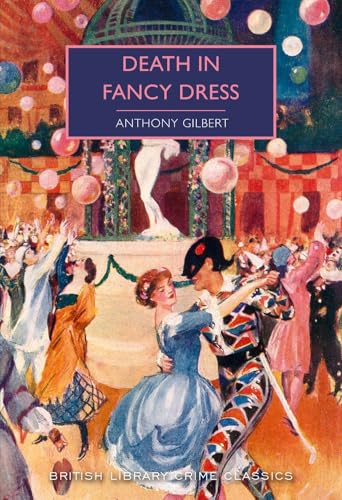

Anthony Gilbert (Lucy Beatrice Malleson, aka Anne Meredith): Death in Fancy Dress

A carry-over from week 1, best described as “Golden Age country house mystery meets Wuthering Heights“. Lucy Beatrice Malleson was a member of the Detection Club who wrote under several pen names, including Anne Meredith and Anthony Gilbert, and reading her books almost a century after they were first published, it is hard to believe that they should have failed to attain widespread popularity, as both in Portrait of a Murderer (written as by Anne Meredith) and in this book she clearly shows herself to be a cut above many of her contemporaries.
Death in Fancy Dress concerns two young friends (one a budding solicitor, one an adventurer and “gentleman of leisure”) who are urgently called to the remote country home of the young solicitor’s — the narrator’s — extended family, which seems to be in the grip of a ruthless gang of blackmailers who have already driven a number of society figures to suicide in the face of impending scandal. (And no, this is not just a recap of Arthur Conan Doyle’s Charles Augustus Milverton.) As indicated by the book’s title, murder ensues in short order after the two young amateur sleuths’ arrival, during a fancy dress ball no less.
Martin Edwards, in his introduction, cites Dorothy L. Sayers’s review, which highlights that one of this book’s great merits is not to leave any doubt about the fact that there is nothing cozy about this particular country house party; beginning right with the moment of the two young gentlemen’s arrival: during a storm, with the daughter of the house missing and feared in grave peril — even though she is an otherwise independent young lady, who ordinarily would easily be able to take care of herself. Yet, right now the fact that her hand in marriage is coveted by several men would seem to be one of her lesser worries, if it weren’t also so obviously tied in with the blackmail threat. (Her suitors include one of our young sleuths, another guest who happens to be a professional detective, as well as her cousin, the local squire, who is a sort of blend of Rudolph Valentino, your quintessential dark, brooding rogue, and a sane and calculating version of Heathcliff.) And indeed, atmosphere is big in this novel, with the squire’s (the antagonist’s) “Heathcliff” / dark, brooding rogue touch not the only Wuthering Heights overtones — the action is also set near a (fictional) moor, several hours from London: honi soit qui Yorkshire n’y pense. (Well, OK, or Exmoor, Bodmin or Dartmoor — but then we’re in Lorna Doone / Jamaica Inn / Hound of the Baskervilles territory; take your pick.) All in all, definitely one of the highlights among the second bingo week’s books.


Marie-Elena John: Unburnable

This is a book from my Around the World project / reading list: the story of Lillian, a young woman of Caribbean descent who returns to her home island of Dominica in order to lay to rest the ghosts of her family history, which has been troubled ever since her grandmother — rumored to be a witch — was convicted for murder, after the unexplained disappearance of her male companion / common law husband, as well as the discovery of several skeletons near her remote mountainside village. Lillian believes the words that have been construed as her grandmother’s confession of guilt (“yes, I am responsible for those deaths”) to have been coerced;, and she bullies her ex-boyfriend, who still carries a torch for her and who is a lawyer specializing in overturning unjust convictions, to join her on a trip to Dominica to clear her grandmother’s name.
I thought the Caribbean / Dominican setting was well-executed; it’s obvious that John was writing from personal knowledge there — including, too, the cross-references between certain African and Caribbean cultures and belief systems. What I liked decidedly less was the way the book was set up in what easily amounted to its entire first quarter, with apparently disconnected chapters tracing the histories of our protagonist, her mother, grandmother, as well as several other (also mostly female) characters important to the plot, and whose stories really only come together towards the end. This narrative technique is hit or miss with me, with “hits” occurring chiefly if I’m quickly drawn into each (apparently) separate character’s story, and if I can at least vaguely discern how the various strands are going to come together eventually. That wasn’t the case here, and things weren’t exactly helped by the fact that, especially at the beginning, John cuts a few corners by instances telling instead of showing, even though far be it from me to accuse her of doing this all the time (in fact, on the other end of the spectrum, there are also scenes that depict violence (by and) against women in a downright viscerally graphic manner). — Lastly, the plot fell apart for me towards the end, when it becomes clear that although Lillian (and her now-on-again boyfriend) find out what really happened all those decades ago, this is by no means the solution they have hoped for. (I do realize the depiction of Lillian’s falling apart instead of healing in Dominica is deliberate and is intended to be key to the novel, but John lost me in the way she went about depicting it.)


Aimee and David Thurlo: Second Sunrise

Native American police procedural meets vampires, witches and werewolves. To give the authors their due, I guess with skinwalkers being a key part of Navajo mythology, it’s a proximate thought to capitalize on the past decade(s)’ vampire craze and go full tilt supernatural / paranormal, and the sequence of events that turns our protagonist into a (half-)vampire is / are well-enough executed. Also, the Thurlos’ love for “their” Navajo country easily translates onto the page, and their prose and plot construction is assured and workmanlike (in a positive sense) enough for me to consider this reading experience encouragement to take a look at their “non-supernatural” Ella Clah Navajo cop series (which has actually been on my TBR longer than this particular book). I guess I’m over vampires once and for all, though (unless they’re created by Terry Pratchett, that is) — and quite frankly, the antagonist’s back story is risible and shows that, supernatural elements aside, the authors really are only interested in giving a credible and true portrayal of Navajo Country, not also in researching the historical and political background of their plot in other respects, where instead they are quite happy to settle for hyperbole and cliché. So as I said, I guess based on their portrayal of Navajo Country (and culture) I’m still going to give them the benefit of the doubt and take a look at their Ella Clah series, but if that series should display similar downsides in its approach to the non-Navajo characters’ back stories, I won’t become a fan, however well-executed the Native American aspects of their books may be.


Christianna Brand: Fog of Doubt

Brand’s fifth Inspector Cockrill mystery, and of all the books by her that I have read (all of them this year), second only to Green for Danger, which remains my favorite among all of her novels. Brand specialized in closed circle mysteries, and apart from the traditional country house settings so prevalent in Golden Age mysteries, she also came up with a number of truly unusual circumstances creating that closed circle: whereas in Green for Danger it’s a WWII military hospital, here it is a house — in fact, her own Maida Vale home, as she explains in the preface — where a murder happens during a particularly vicious example of a London “pea-souper” (aka “London Particular”, which in fact was the book’s original title). Brand’s plotting is superb, and when — like here — she doesn’t try to serve populist cliché, she has a knack for creating characters that easily draw you into the story (even if I could seriously do without the blonde ingenues that seem to be a fixture in many of her books, never mind that this particular story’s ingenue is decidedly less naïve and innocent than some of the other ones). I only have few books by Brand left to read, and while I didn’t like all of them equally well, by and large she is one of my more notable Golden Age / Detection Club discoveries.



Kathryn Harkup: Death by Shakespeare

Hmmm. After having read and liked — though not loved — Harkup’s book on Agatha Christie’s use of poisons in her mysteries (A Is for Arsenic), it took the Shakespeare fan in me about a millisecond to snatch up this third book of hers when I came across it earlier this year … only to then decide, almost as quickly, to save it for the “Truly Terrifying” (or alternatively, “Paint It Black”) Halloween Bingo squares. And as is so often the case, anticipation built over a period of time in the end doesn’t quite deliver the hoped-for bundle of goods.
My main bit of gripe is that Harkup doesn’t seem to have had a very clear picture for which audience she was writing this book. On the one hand, she spends (I’m tempted to say, wastes) several chapters giving an abbreviated biography of Shakespeare and describing the London and the theatrical world in which he moved — NONE of which will be new to anyone even remotely familiar with the Bard and his life, time, and works (and all of which, thus, can only be of any use to a complete newbie to Shakespeare’s works) … and ALL of which I’ve seen discussed better, in greater detail and with a better-informed historical perspective by both Shakespearean scholars (most notably Stanley Wells) and general historians writing for a non-scholarly audience (e.g., Ian Mortimer and Liza Picard). (At least she doesn’t give any credence to the identity conspiracy theorists, but that still doesn’t stop her from using bits of unfounded speculation on the Bard’s life experience later in the book whenever she considers it expedient for a specific purpose.) Similar things can be said for her comments on medicine in the Elizabethan age, which on the one hand is pretty much a staple in historical fiction set in the Plantagenet and Tudor eras; on the other hand, the details that I didn’t already know as historical fiction background, I’ve learned in greater depth by visiting Hall’s Croft, the home of Shakespeare’s daughter Susanna and her husband Dr. John Hall, who was a medical doctor (incidentally with rather advanced and well-informed views, compared to many of his contemporaries), who is widely believed to have provided his father in law with the requisite background knowledge for a plethora of deaths occurring in his plays, and whose professional equipment and records form part of the permanent exhibition on Elizabethan-era medicine that can now be visited in his former home in Stratford-upon-Avon.
On the other hand, when Harkup does finally get around to discussing Shakespeare’s portrayal of death and killings in his plays, she gives very little context to the majority of scenes she discusses, so anyone not intimately familiar with those plays (particularly the “histories”, which probably feature most widely overall in her book — and chiefly among these, the two “Henriads”) is soon going to be utterly lost as to the significance and context of the scene(s) under discussion.
Moreover, in at least one instance (Richard III and “The Princes in the Tower”) Harkup, while paying lip service to the idea that RIII perhaps “wasn’t quite as bad a tyrant as Shakespeare makes him out to be”, nevertheless falls into the very trap for which she poo-poos the medical analysis that established the bones found in the Tower in the early 20th century as those of “The Princes”, namely to reason from the desired result instead of dispassionately looking at the available evidence and letting the chips fall where they may. This review isn’t the place for this particular bit of historical discussion, so let me just say that I am unable to take seriously any writer who, like Harkup, blandly describes the reign of Henry VII as “a new era of hope and peace for England” (or words to that effect), in either blissful ignorance or blissful disregard of, to name but a few examples,
(1) the cruelty of “Morton’s Fork”,
(2) Henry VII’s (and later his son’s) ruthless and systematic annihilation of the remaining representatives of the House of York (most notably, the execution — on demonstrably trumped-up charges — of his own closest rival for the throne, who at the time was a teenager, imprisoned in the Tower on Henry VII’s orders since his early childhood), or
(3) the fact that Henry VII (a) purposefully dated his reign from the day before his victory at Bosworth, which in one single stroke of the pen made every single combatant on Richard’s side a traitor to the crown, and (b) only crowned his wife Elizabeth queen a year after he himself had well and truly secured the crown, never mind that she had a much greater claim to the crown than he himself did to begin with.
(And let’s not even get into the inconvenient little detail that BOTH Richard III and Henry VII had their fans and detractors among the eminent writers, politicians and diplomats of the time, depending on who you were listening to and whom they were writing for, which is precisely one of the reasons why it’s so hard to determine what is self-servicing Tudor propaganda when it comes to Richard III and what is credible historical testimony. Or the fact that Harkup blithely buys in virtually all of the things now actually known to be Tudor propaganda and hence, inherently unreliable …)
Anyway. For what it is in terms of the actual discussion of Shakespeare’s use of death in his plays, it’s an interesting read. Unfortunately, way too much of that discussion gets lost in superfluous and, in part, downright irritating “white noise”.


Patricia Moyes: The Sunken Sailor

I read Moyes’s first Henry & Emmy Tibbett book (Dead Men Don’t Ski) earlier this year and liked it a lot. While I still liked most of book 2 as well, The Sunken Sailor (aka Down Among the Dead Men) suffers from a bit of a sophomore slump: Moyes first does a great job establishing the characters and atmosphere of the tiny Suffolk harbor community where the Tibbetts go to spend a sailing holiday with friends. However, inexplicably, somewhere before the book’s halfway point, Henry Tibbett of all people, the man whose “nose” for crime is proverbial at Scotland Yard, after having duly “nosed out” the suspicious circumstances of the death lurking in the recent past of that seaside community, decides to let unexplained bygones be unexplained bygones … and for the worst (and in terms of his character, most unbelievable) of all reasons — as a result of being vamped by a woman (moreover, a woman who herself is one of several suspects and, even if not guilty, just might have reasons aplenty for not wanting the truth to come out). A less convincing instance of throwing a spanner in the plot works just so as to be able to produce yet another avoidable death (as well as a belated solution) I’ve rarely come across, and based on her first book, I seriously would have expected better from Moyes. (I also found few of the characters in thei book as likeable as Moyes obviously intends them to be.) This isn’t an awful book, and I’m still going to continue reading this series, but I do hope we’re talking sophomore slump here and I trust I haven’t already seen the best of the bunch when I read book 1.
(In terms of bingo squares, the book just scrapes within the definition of “Dark and Stormy Night” and I’m counting it for that square as Christine expressly confirmed that it counts. It would obviously also qualify for “Fear the Drowning Deep” — which however isn’t on my card — and, the edition I own, also for “Full Moon”, as that’s what the white dot on the cover actually is.)
Currently Reading


Naomi Novik: Spinning Silver
Rumpelstiltskin goes Eastern Europe and fairyland. I’m using it for “Spellbound” (the fairy king — Rumpelstiltskin in the fairy tale — has already cast the story’s first spell, and “fairy silver” with magic proportions has also made numerous appearances already), but it would of course also qualify for “A Grimm Tale” or “Supernatural”.
The State of the Card
 Master Update Post: HERE
Master Update Post: HERE
My Markers




Read Called Read & Called Read = Called

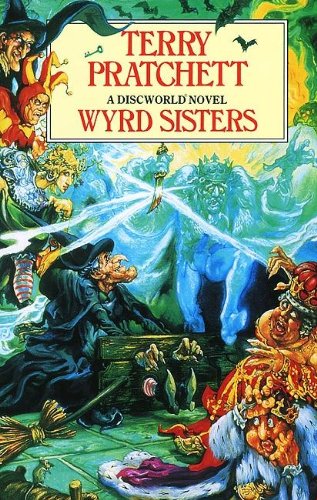

 Werewolf
Werewolf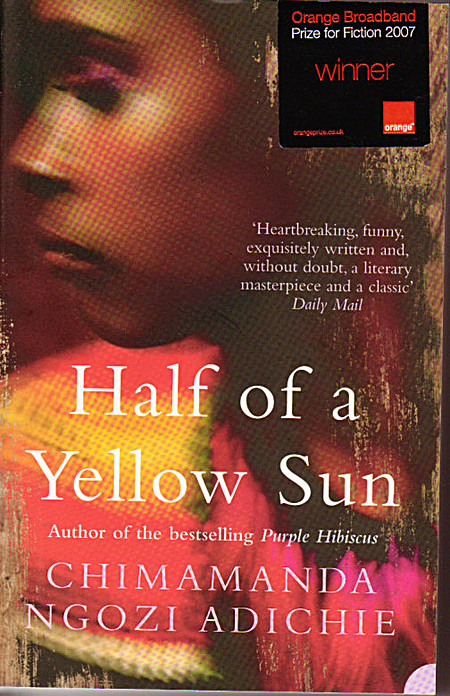



 Zombie
Zombie Gargoyle
Gargoyle Ghost
Ghost Demon
Demon
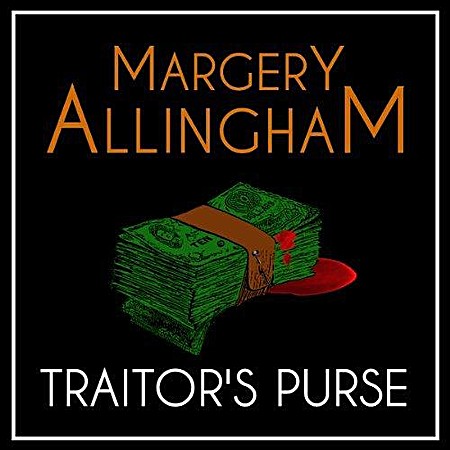
 Mummy
Mummy Creepy Doll
Creepy Doll
















 Master Update Post:
Master Update Post: 
























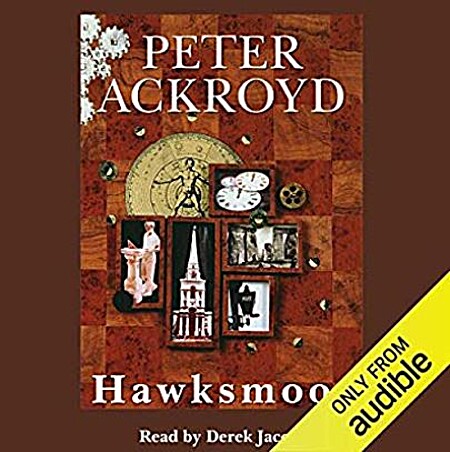

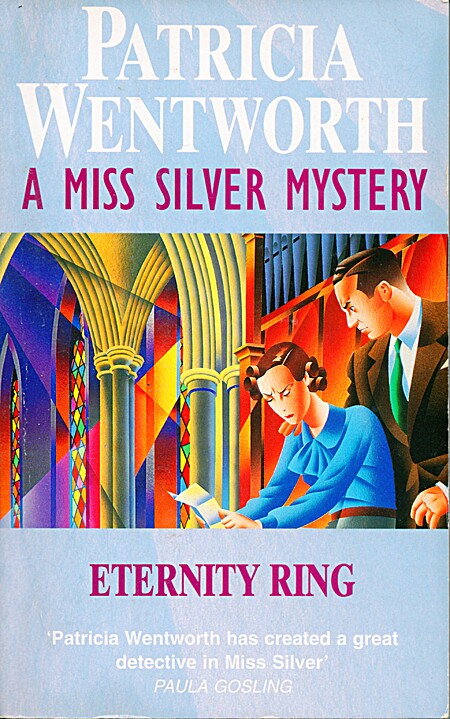
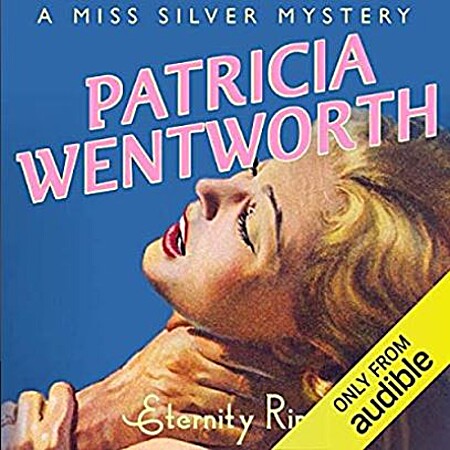
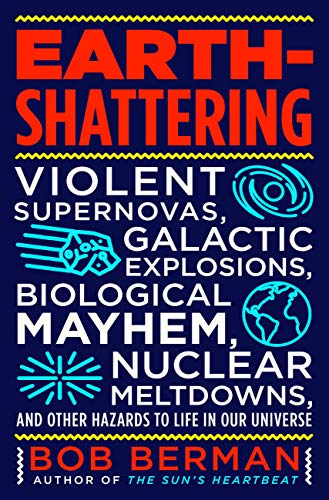
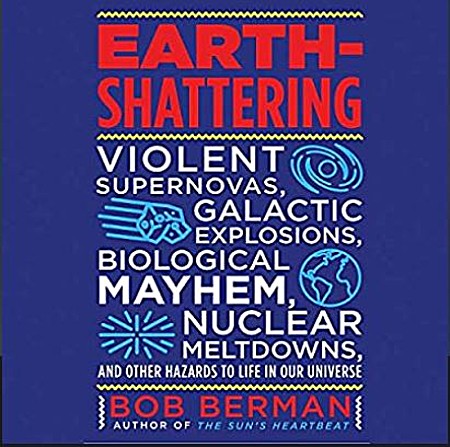

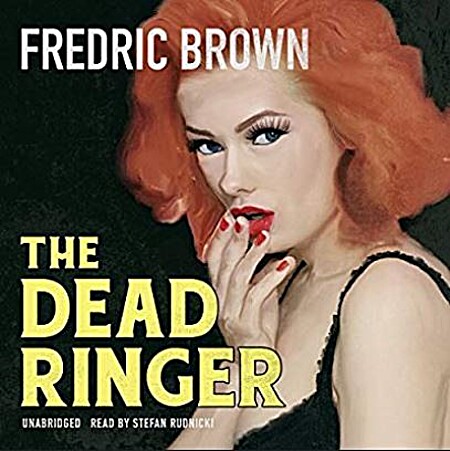


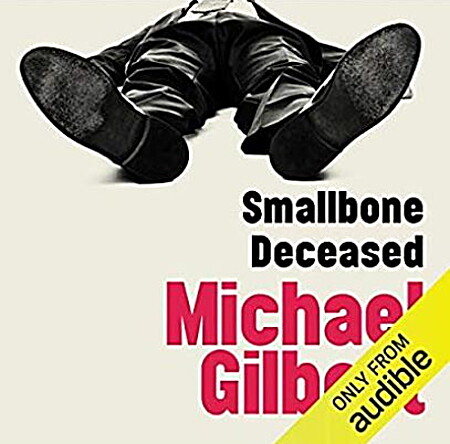


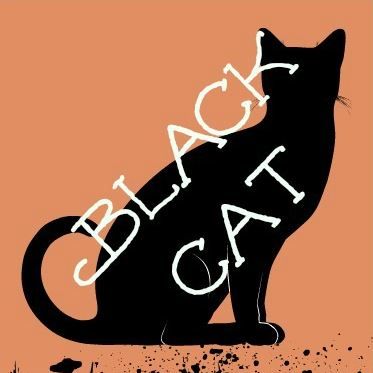

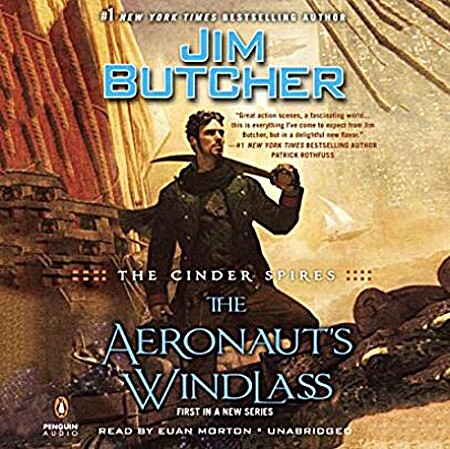


 Today’s prompt is for favorite horror reads; that not being much of my thing (outside, perhaps, the gothic classics and anything more edifying or funny rather than scary), I think I’m going to leave that prompt to Char, Bark’s Books (aka Bark at the Ghouls), and the site’s other horror fans. Instead, I’m going to catch up on the prompt from the day before yesterday — I’m really, really excited about the new squares.
Today’s prompt is for favorite horror reads; that not being much of my thing (outside, perhaps, the gothic classics and anything more edifying or funny rather than scary), I think I’m going to leave that prompt to Char, Bark’s Books (aka Bark at the Ghouls), and the site’s other horror fans. Instead, I’m going to catch up on the prompt from the day before yesterday — I’m really, really excited about the new squares.



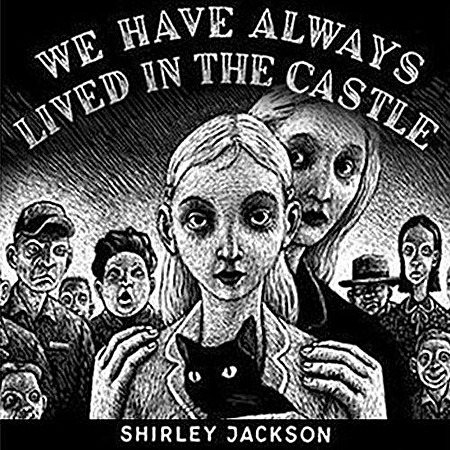



























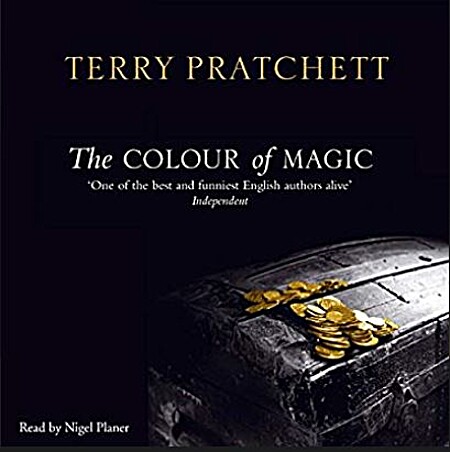
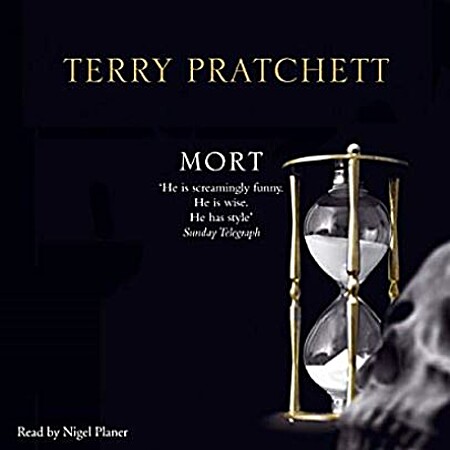
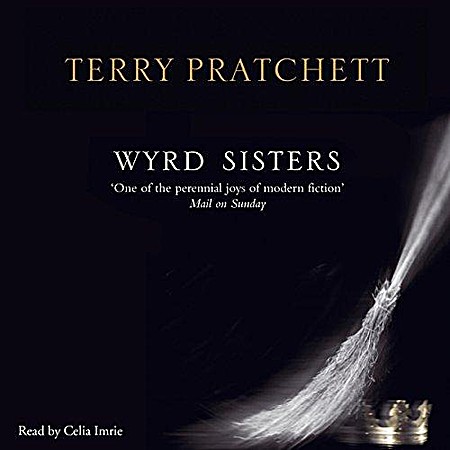





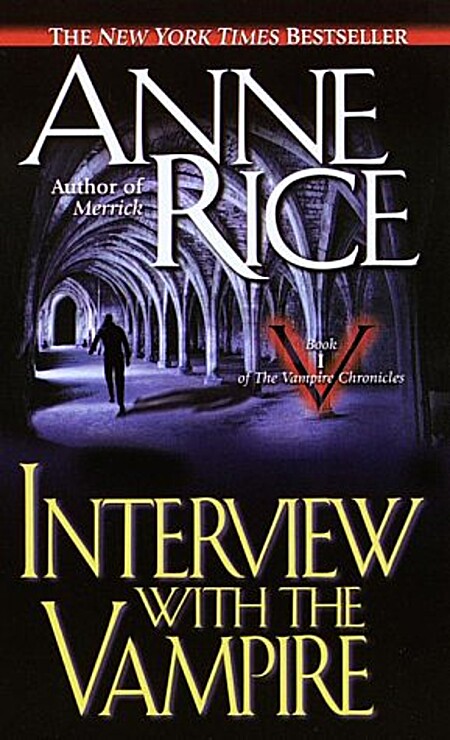



















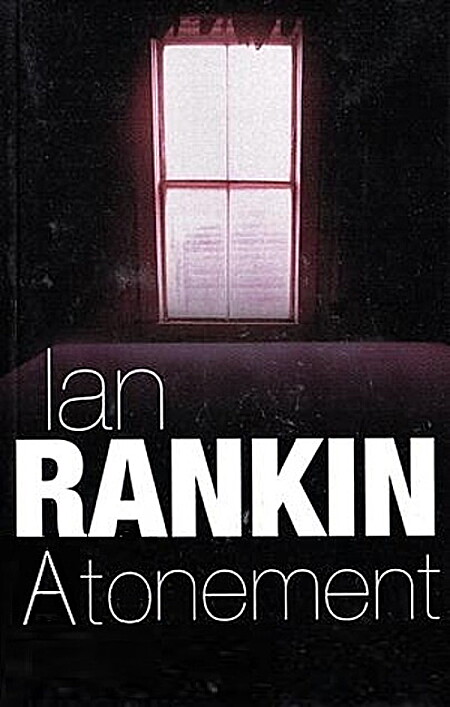












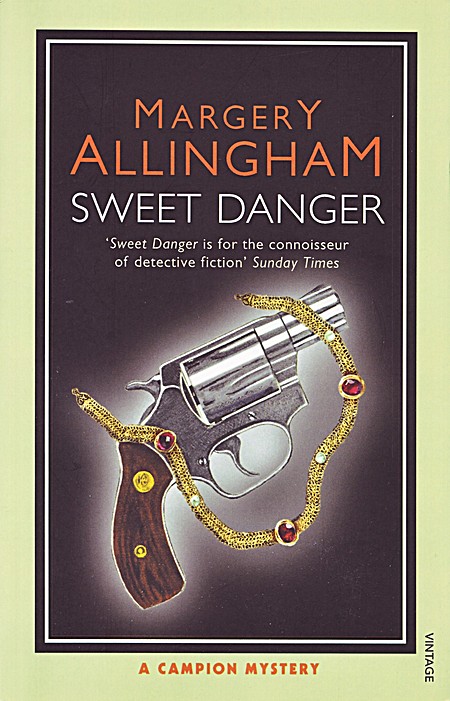


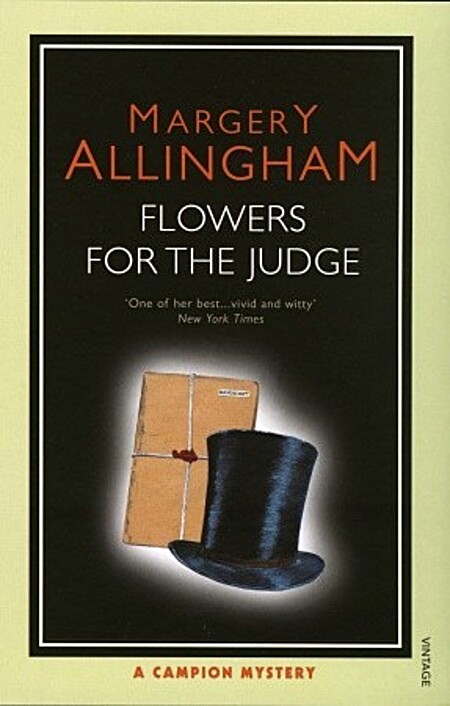

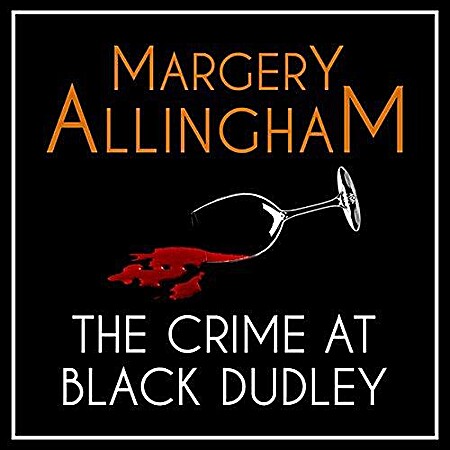








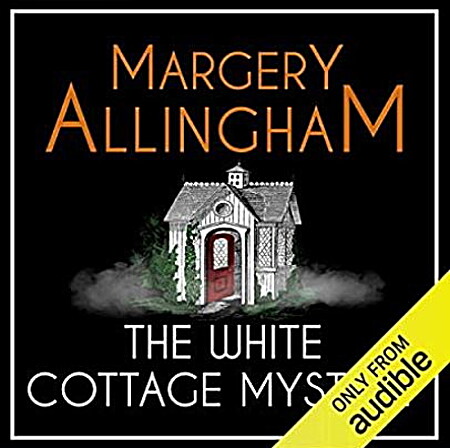




 Exhuming the boy with the marbles
Exhuming the boy with the marbles
You must be logged in to post a comment.